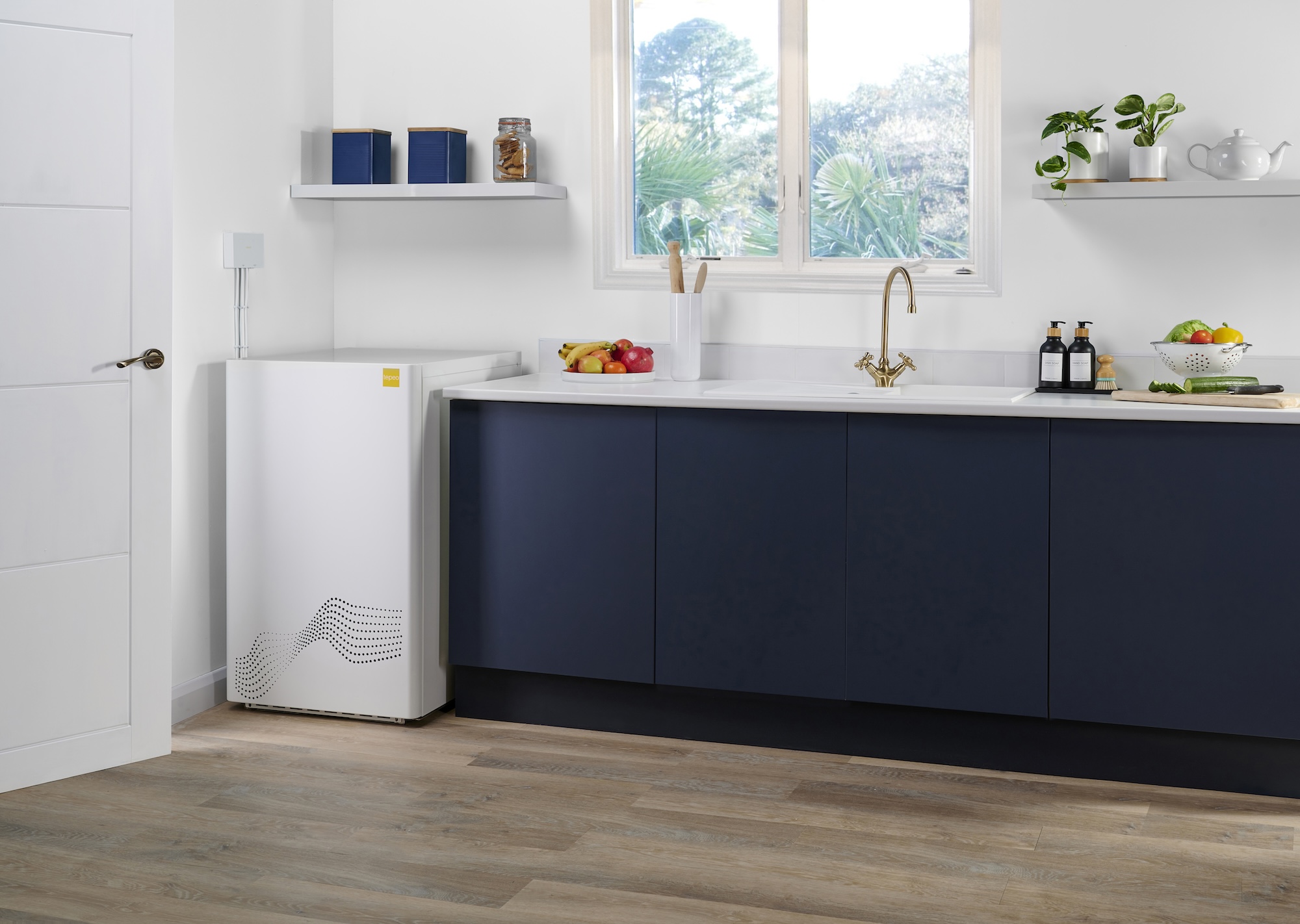How much does the ZEB cost?
A ZEB costs £6,000 to purchase, which includes VAT and delivery. Currently, the ZEB isn’t zero-rated for VAT purposes (20% VAT applies) and doesn’t receive any subsidies (but we’re working on it).
Check how much you could save in running costs by making the switch to a ZEB with our cost & carbon calculator below.
Installation costs vary and depend on your home, heating system requirements and local installer rates – however as it should take no more than 1-2 days and you won’t need to change radiators the costs are lower than most alternatives. We can put you in touch with a tepeoPRO installer in your area to get a quote specific to your home.


